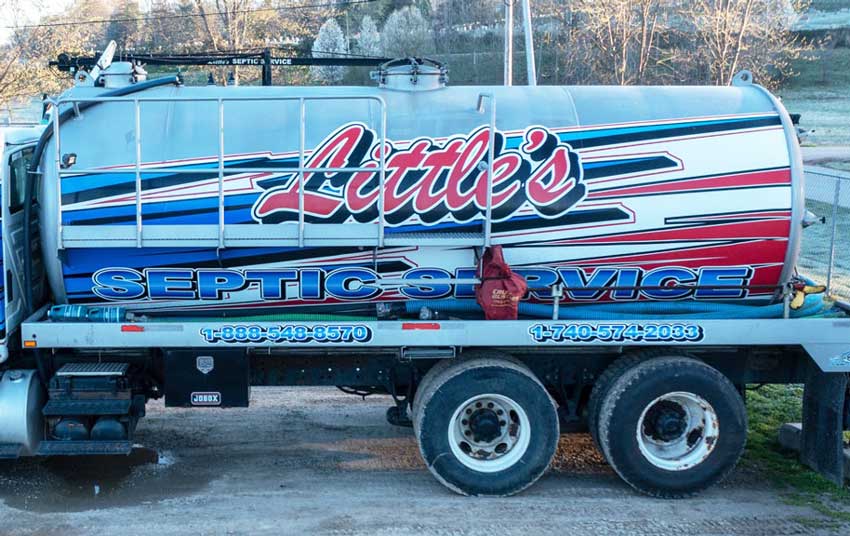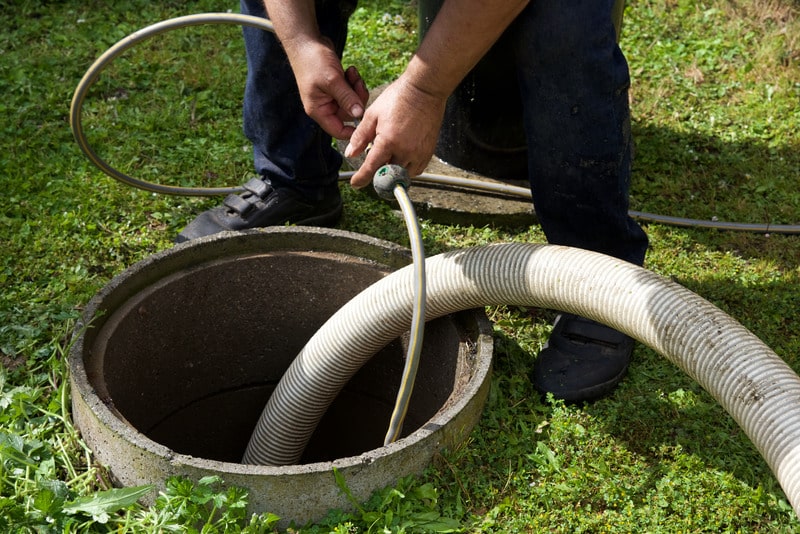The Of Stillwell Septic And Grading
The Of Stillwell Septic And Grading
Blog Article
The Basic Principles Of Stillwell Septic And Grading
Table of ContentsThe Of Stillwell Septic And GradingThe 3-Minute Rule for Stillwell Septic And GradingThe Stillwell Septic And Grading StatementsFacts About Stillwell Septic And Grading UncoveredOur Stillwell Septic And Grading PDFsThe Facts About Stillwell Septic And Grading Revealed3 Simple Techniques For Stillwell Septic And Grading

Homeowners need to additionally educate themselves on the basics of septic systems to ensure they make notified decisions throughout the setup procedure - Septic Installers. Septic systems are an important part of numerous homes that are not attached to a local sewer system. They are made to treat and dispose of house wastewater on-site
The septic container is a big, below ground container made of concrete, fiberglass, or plastic. The container divides the strong waste from the liquid waste.
The 25-Second Trick For Stillwell Septic And Grading
It is additionally crucial to conserve water and prevent overwhelming the system. Simple procedures such as repairing leaky taps and bathrooms, installing low-flow showerheads and commodes, and spreading out laundry tons can aid lower water use and prolong the life of the septic system.
The topography of the website is additionally reviewed to make sure that the septic system is installed at the correct elevation. https://www.avitop.com/cs/members/stillwellsag.aspx. The system should be set up at a greater elevation than the bordering location to protect against contamination of the surrounding setting. Setbacks are the minimum ranges required by legislation in between the septic system and various other frameworks or features such as wells, buildings, and building lines
The suggested altitudes of the system are identified based upon the outcomes of the dirt analysis and topography assessment. The altitudes will certainly make certain that the septic tank works effectively, and wastewater is effectively treated - Stillwell Septic. Finally, a website evaluation is a vital action in septic container installation. It guarantees that the septic tank is installed in the most ideal location, considering the soil, topography, and troubles.
6 Simple Techniques For Stillwell Septic And Grading
Before mounting a septic tank, property owners need to obtain licenses and abide with guidelines. Some of the permits and guidelines that homeowners need to take into consideration include:: Property owners require to obtain an authorization from the neighborhood health and wellness department or building division prior to installing a septic system.
For example, some districts may need a minimal lot size for septic tank installation.: House owners require to adhere to environmental policies when installing a septic system. Some states might call for an ecological impact assessment prior to setting up a septic system.: House owners require to conform with building and construction guidelines when mounting a septic system.
The Facts About Stillwell Septic And Grading Revealed
Some communities might call for routine assessments and pumping of the septic tank. Non-compliance with authorizations and policies can lead to fines, penalties, and also lawful action. As a result, it is important for property owners to get licenses and comply with laws before setting up a septic system. When it pertains to picking a septic container, homeowners have a few options to think about.
Among one of the most essential aspects to consider when picking a sewage-disposal tank is the size. A sewage-disposal tank that is too little for the home's needs will call for more frequent pumping, while a container that is also huge can lead to extreme water accumulation and potential system failure. A general general rule is that the container should be able to hold at least 2 days' well worth of wastewater.
3 Easy Facts About Stillwell Septic And Grading Explained

It's additionally essential to think about the type of system the septic tank will certainly be made use of with. There are two primary kinds of septic systems: gravity and pressure.
The Single Strategy To Use For Stillwell Septic And Grading
In general, picking the appropriate septic container for a home is a vital decision that requires careful factor to consider. Prior to installing a septic container, homeowners must take certain actions to prepare for the installment process.
Below are some important security measures to adhere to: Use protective equipment: House owners must put on protective equipment, such as gloves, boots, and headgears, to avoid injury during the installment process. Avoid electric lines: Property owners have to stay clear of excavating near electric lines to stop electrocution. Usage caution when running heavy equipment: Property owners have to utilize care when operating hefty equipment to avoid accidents and injuries.
Getting The Stillwell Septic And Grading To Work
By following these vital actions, property owners can make sure an effective septic container installation procedure. Septic system installation is a critical procedure that needs cautious preparation and execution. Home owners who are mounting a sewage-disposal tank for the very first time should recognize the essential steps included in the procedure to ensure that their septic tank functions this article efficiently and properly.

Report this page